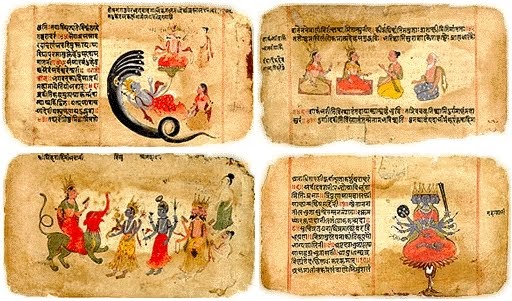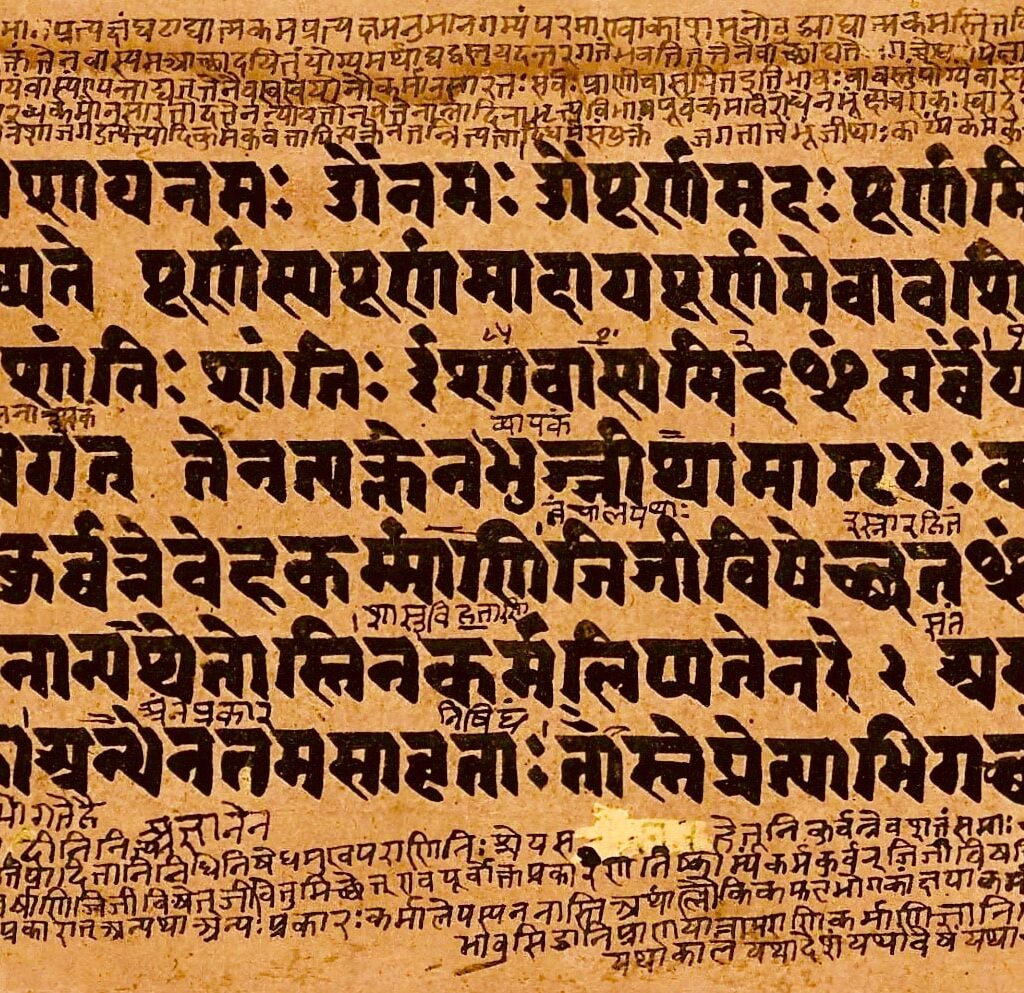The history of literature in India is as old and rich as the country itself. Indian literature is as diverse as its people and geography. It has been influenced by many cultures, including those of Greece and Rome, Persia, and China. Some of India’s oldest texts are its Vedic scriptures, written more than 2,000 years ago.
These ancient works are the foundation of much Indian literature that came after them. The Indian literary tradition can be broadly divided into three distinctive categories: The Vedic Age (1500-500 BCE), The Puranic period (500-1200 CE), and Modern Indian Literature (1900 to present). This article takes a look at some representative examples from each category.
The Vedic Age (1500-500 BCE)

The Vedic Age, also called the Age of the Brahmanas, is the earliest period of Indian literature. It is named after the Vedas, the earliest Indian religious texts. The Vedas are a collection of writings that took shape between 1500 and 500 BCE. They consist of hymns, incantations, rituals, and instructions for daily life. They were memorized and passed down orally for many generations before they were written down. These books are the foundation of Indian literature because they contain the root metaphors and imagery that later writers drew on.
The Vedas were followed by the Upanishads, a series of philosophical texts that mark the beginning of the next period in Indian literature. The Upanishads are the concluding portions of the Vedas, written after 800 BCE. They are the most important texts of Hinduism. They contain some of the earliest discussions about the concept of Brahman, or the unchanging reality that underlies all existence. They also explore the nature of self, knowledge, and the path to liberation from the cycle of rebirth.
The Puranic Period (500-1200 CE)

The Puranic Period is the next phase of Indian literature. It is named after the Puranas, a large collection of mythological and religious texts. The Puranas were intended to be guides for daily living, as well as religious texts. They contain information about a wide range of topics, such as geography, history, medicine, astronomy, and social norms.
The Puranic period saw the rise of the Bhakti movement. Bhakti refers to a movement of devotional poetry. It is one of the most important themes of Indian literature. The Bhakti poets wrote about their personal relationship with a divine being, often in the form of a God or Goddess. Bhakti poets include Kabir, Ramprasad, and Tulsidas. The Puranic Period also saw the rise of the Mahabharata, an epic poem that is one of the world’s longest poems. It is estimated to have been written between 400 BCE and 400 CE.
Modern Indian Literature (1900 to present)

This period is also sometimes called the period of modernism, though modern Indian literature is a diverse and multi-generic phenomenon. The new literary forms that appeared in this period were largely a response to the colonial rule in India.
They are also a product of the interaction between India and the West. Some of the important writers of this period are Rabindranath Tagore, Sarojini Naidu, K. M. Munshi, Sukumar Ray, M. P. Paul, and Nirad C. Chaudhuri. Some important themes in modern Indian literature include the social trauma caused by the partition of the country, the struggle to find an identity in the face of colonialism, and the growth of Indian nationalism. One of the most notable aspects of modern Indian literature is its diversity. Writers in this period drew on a wide range of influences and styles, including the traditions of Indian oral storytelling and the European modernist movement.
Bibliography
Dani, Sagar, and Parul Verma. “A Brief History of Literature in India.” Academia.edu. Academia, 15 Apr. 2018. Web. 16 Aug. 2018.
Dalmia, Vasudha. “A Brief History of Literature in India: From the Vedic Age to Present Day.” Institute for the Study of Civilizations. N.p., n.d. Web. 16 Aug. 2018.
De, Ambarisha. “A Brief History of Literature in India: From the Vedic Age to Present Day.” Academia.edu. Academia, 12 Apr. 2018. Web. 16 Aug. 2018.
Heyndrickx, Philip. “A Brief History of Literature in India: From the Vedic Age to Present Day.” Academia.edu. Academia, 10 Apr. 2018. Web. 16 Aug. 2018.
Kulkarni, Archana. “A Brief History of Literature in India: From the Vedic Age to Present Day.” Academia.edu. Academia, 10 Apr. 2018. Web. 16 Aug. 2018.
Mehta, Pranjal. “A Brief History of Literature in India: From the Vedic Age to Present Day.” Academia.edu. Academia, 11 Apr. 2018. Web. 16 Aug. 2018.
As you can see, Indian literature has a long and rich history. It is a tradition that has been shaped by a wide range of cultures and ideas, and it has produced some truly fascinating works. From ancient scriptures to modern poetry, this is a literary tradition that has something for everyone. If you are interested in Indian culture and history, reading Indian literature is a great way to engage with this vibrant tradition.
The Poetry Cosmos welcomes all people who want to learn more about literature, no matter their age, experience, or education. We believe in the innate creativity of all people by encouraging and fostering experimentation and innovation. We invite everyone who values arts and culture to explore the written word. Click here to join our community.


Insightful ♥️